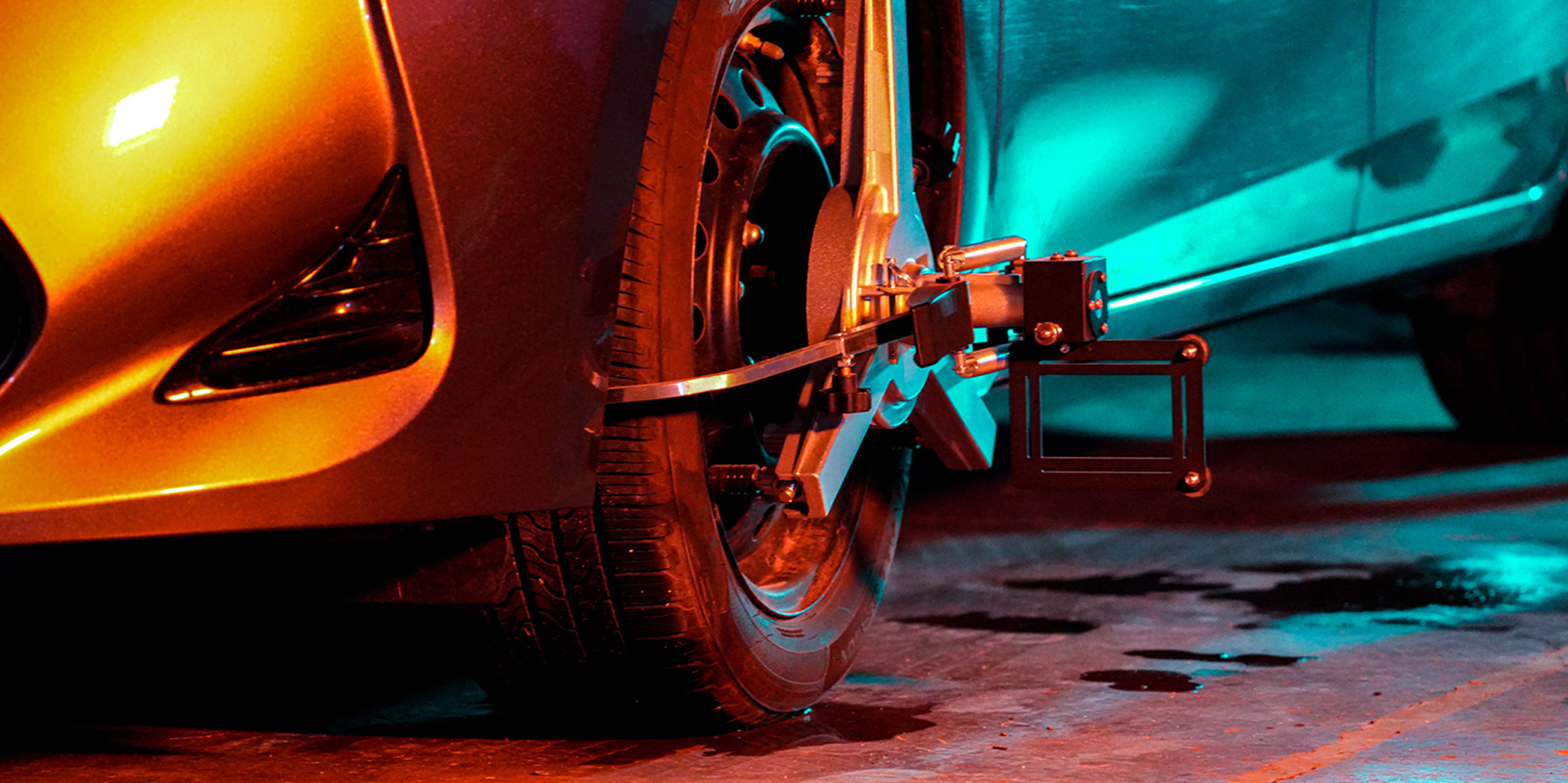Everything You Need to Know About Brake Pad Replacement
Brake pads are crucial for your vehicle’s braking system, providing the resistance needed to slow and stop your car efficiently. Attached to a strong steel backing, the friction material on the brake pads presses against the brake rotor when you apply the brakes, creating the necessary friction to reduce speed. Over time, this material wears down, necessitating replacement to maintain optimal braking performance and safety.
Signs It’s Time for New Brake Pads
Understanding when to replace your brake pads is key to vehicle safety. Here are common indicators that your brake pads need attention:
- Dashboard Warning Light: Many modern vehicles feature a warning light that signals when brake pads are near the end of their lifespan.
- Squealing Noises: Worn brake pads often emit a high-pitched squeal, indicating it’s time for an inspection and possibly a replacement.
- Brake Pedal Pulsation: Feeling a pulsation through the brake pedal when braking can be a sign of worn brake pads or rotors.
- Vehicle Pulling: If your car pulls to one side when braking, this could indicate uneven wear on the brake pads or other issues within the braking system.
- High Mileage on Pads: Regular inspections every 10,000 miles can help identify if the brake pads are thinning and require replacement.
- Brake System Warning Lights: Any brake system warning lights or messages should prompt an immediate inspection of your braking system.
How Brake Pad Replacement Works
Replacing brake pads involves several steps to ensure your vehicle’s safety and braking efficiency:
- Measurement of the brake pads’ remaining friction material.
- Inspection of the brake rotor for wear and damage.
- Examination of the caliper and other braking components.
- Installation of new brake pads and any other necessary components.
- Lubrication of brake system parts and checking brake fluid levels.
- A comprehensive safety inspection of the vehicle.
- A test drive to confirm the success of the brake pad replacement.
Is Driving Safe With Worn Brake Pads?
Driving with worn or damaged brake pads is unsafe and not recommended. Worn pads can lead to increased stopping distances, reduced braking efficiency, and in extreme cases, brake failure. If you notice any changes in braking performance, such as longer stopping distances or unusual noises, it’s crucial to have your brake pads checked and replaced if necessary. Always prioritize your safety and the safety of others by maintaining your vehicle’s braking system.
Key Considerations When Replacing Brake Pads
When it comes time to replace your brake pads, remember:
- Brake pads should be replaced in pairs to ensure balanced braking.
- Rotors may also need to be resurfaced or replaced depending on their condition.
- Choosing high-quality brake pads can enhance your vehicle’s braking performance and safety.
Regular maintenance and timely replacement of brake pads are essential for safe driving. By paying attention to the signs of wear and following through with necessary maintenance, you can ensure your vehicle remains safe and reliable on the road. For more information on brake pad replacement and maintenance, contact Truman’s Automotive & ADAS Calibrations.
Read what people are saying about Truman’s Automotive & ADAS Calibrations

